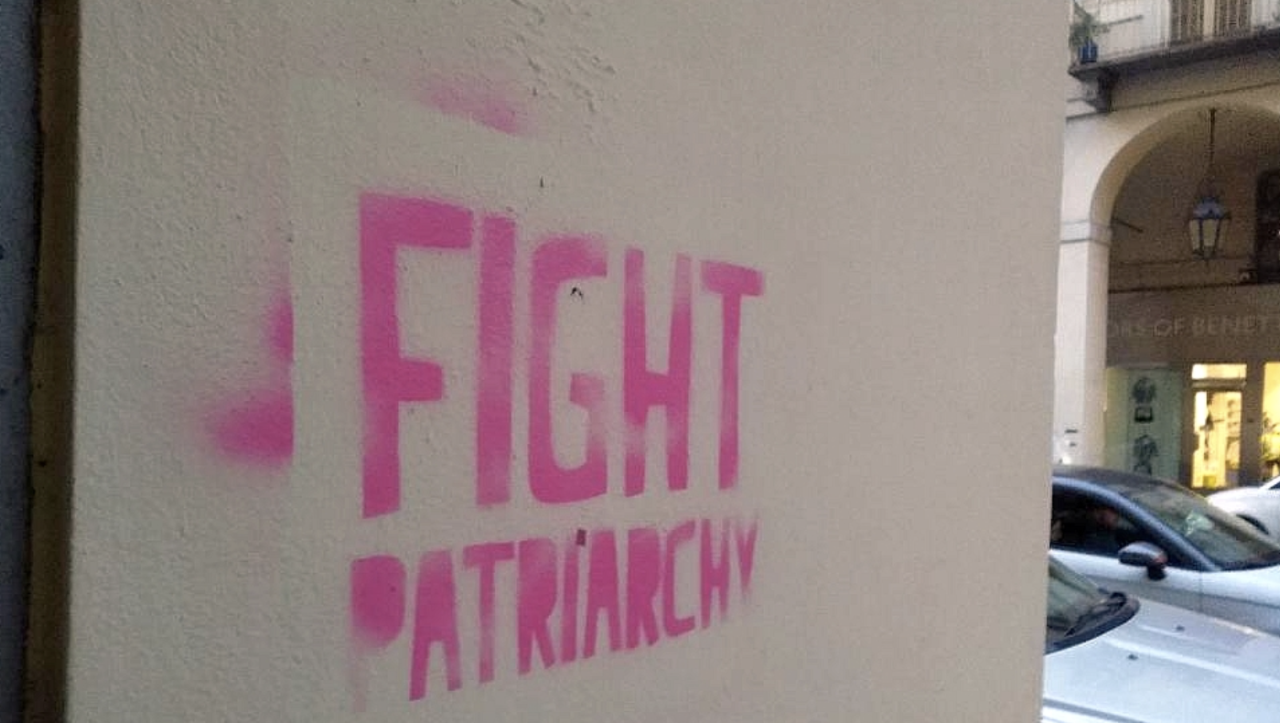
Disclaimer – In the following piece, I will be referring to ‘being male’ to conceptualise how ‘toxic masculinity’ operates and its effects within hetero- and homo–normative settings. This is not to subordinate ‘sex’ to a dichotomy of ‘male’ and ‘female’, where any omission of identifying as ‘non-binary’ is purposeful, but it is intended to underline the prominence of binaries within society that hold onto biologically determined forms of ‘masculinity’ and to therefore focus our attention to gender as a form of self-identification.
Society consistently throws around the term ‘toxic masculinity,’ but do we truley understand what it means? In theory, it is a term that calls out ignorance. In reality, it is used loosely by those complicit in sustaining discrimination. Universally speaking it can be percived as a way of thinking that recognises harmful stereotypes, in both appearance and personality that men should uphold and are therefore harmful. We can think of it as linking biological sex, and all the stereotypes wrapped up with ‘being a man’, and then applying that to a singular type of ‘masculinity’. Toxic masculinity can be conceptualised as a mindset that subordinates ‘masculinities’ in favour of ‘the masculine,’ that is typically deployed by privileged, white, and heterosexual men. Besides the obvious, that is the marginalisation of plurality, ‘toxic masculinity’ has infiltrated other non-hetero spaces such as the homo-normative. In doing so, ‘toxic masculinity’ has (in) directly become a tool of the hetero patriarchy in its pervading of the gay community.
Firstly, it is useful to ask yourself, ‘what it means to be a man’? Is it having ‘a good dress sense’ for a ‘straight guy’, a deep voice, playing sport, and wearing neutral-coloured clothing? Does this sound convincing? These are, in fact, the stereotypes that are entangled in the pressures of being a ‘fully fledged man’. If we apply these to environments that exude the typical ‘masculine setting’, we can see the projection of fragile masculinity through the homophobic slurs of “that looks gay” or “you’re so gay”. Stereotypes as these are, the changing room, academic, and work environments are too commonly occupied by both men and women, who use such ignorant and outright homophobic remarks within their everyday rhetoric.
It is interesting to observe how these generalisations have seeped into the queer setting. Apps such as Grindr are renowned for facilitating the hyper-sexualisation of men, wherein ‘toxic’ elements of ‘manhood’ are translated into gay parameters. Be it the inclination to ask someone their sexual preference between ‘top, vers, and bottom’ before asking their name – not to mention those ‘tribes’ (‘type of gay male’ that one is attracted to) that ranges from a ‘twink’ to a ‘bear’ – all appear to show similar themes but within a new setting. Dynamics of ‘domination’ and being ‘submissive’ and the categorisation of oneself based upon one’s age, build, and overall appearance draws parallels between being ‘male’ and being ‘masculine’. For the gay community, being a ‘top’ is synonymous with control, power, and autonomy. This is then paralleled within the straight community, where just ‘being male’ constitutes pressures of power, assertion, and thus ‘masculinity’.
However, experiences vary, and one must not project ‘toxic masculinity’ as a stationary process that happens without historical, socio-economic, or racial context. Intersectionality is crucial here. Those that are ‘masculine enough’ or more closely blend into the normative society, can avert the bulk of ‘toxic masculinity’ both within hetero- and homo-normative settings. Being ‘masculine enough’ and ‘white enough’ can help one blend in, in contrast to someone who may be judged to be ‘less masculine’ because of their appearance that may be more androgynous or perhaps due to race. It is therefore important to acknowledge the multi-layered nature of gender relations of privilege, class, and race where these are as important as sexuality and therefore must be considered within non-normative settings such as ‘being gay’.
Either way, it has become increasingly clear that the boundaries between ‘being gay’ and ‘being straight’ are becoming more and more blurred. Elements that are not confined to, but commonly present amongst the white, privileged and heterosexual male, have pervaded into a homonormative setting. In doing so, elements of what ‘masculinity’ looks like in a ‘straight setting’ have influenced what ‘masculinity’ looks like in a ‘gay setting’. It is the same face, but repackaged. In all of this, one must remember the importance of intersectionality and my own position – as a white and privileged individual – who can try to understand but cannot fully appreciate the complexities of ‘being gay’ without the counter-veiling force of being white and privileged.



Average Rating